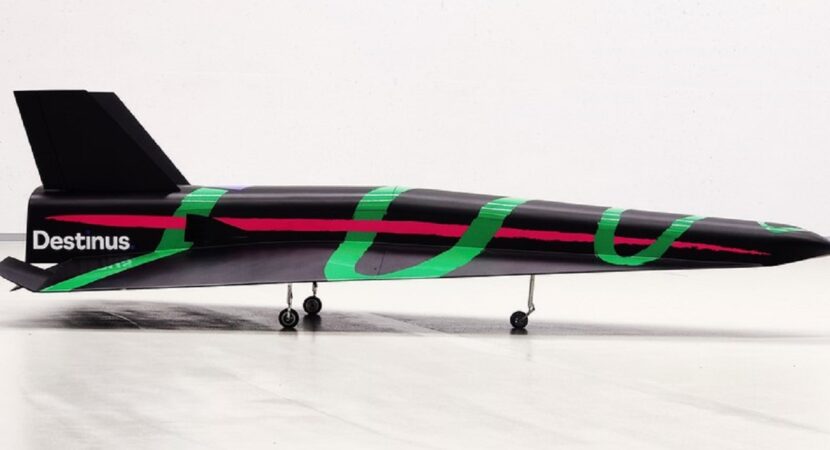
The hydrogen-powered plane, called Destinus, is capable of flying at 15 times the speed of sound and could change world freight transport
Founder and former CEO of space infrastructure company Momentus, Mikhail Kokorich, aims to build a hypersonic, hydrogen-powered plane capable of flying at 15 times the speed of sound for autonomous cargo delivery around the world. While the aircraft is far from being completed, tested and certified, a round of funding has raised $29 million and should help speed things up.
Read also
Destinus wants to build hypersonic aircraft powered by liquid hydrogen and with only water as an exhaust
Illustration of a hypothetical flight path (not to scale) from Miami to Seoul. Image credits: Destinus
The stated plan is to build a hypersonic plane (that is, traveling at multiples of the speed of sound), powered by liquid hydrogen, and with only water as an exhaust, which would allow point-to-point delivery to virtually any place on the planet.
A hypersonic airplane is a winged aircraft designed to take off from the ground and travel out of the atmosphere and re-enter, all under its own power and navigation. The most famous is probably the US government's mysterious X-37B (as it's described), which is supposedly used for space testing for private agencies.
The Jungfrau, as the prototype of the aircraft previously designed by Destinus is called, would be a fully autonomous “hyperplane”, as it does not reach space, staying well below the Karman line, but for aerodynamic purposes very close to the vacuum. They are aiming for speeds as high as mach 15 to 60 kilometers – actual speed will depend on many factors.
Understand how useful the hydrogen-powered aircraft will be for the transport market
This category of aircraft is expected to start with a payload capacity of around one ton, with the intention of providing “relief and emergency cargo anywhere on Earth”.
Using cheap, clean hydrogen as a fuel could allow hypersonic aircraft to cut costs and compete to some extent with existing cargo providers in the market.
Destinus plans to transport cargo between continents in less than two hours using what it calls hyperplanes, rocket-powered aircraft that will take off and land horizontally using a jet engine powered by hydrogen. Once a certain altitude and speed are reached, the hyperplane will switch to a cryogenic hydrogen rocket engine and accelerate to a hypersonic speed of over Mach 5.
Kokorich said that the company already has permission to fly at subsonic speeds (presumably in Switzerland, where the company is based), and that supersonic tests and necessary permits will come with the third prototype (i.e. next year). Because it flies so high, its rumble noise would be a fraction of that created by low-flying fighters and the like. But a complete new regulatory scheme may be needed, something Destinus hopes to anticipate.
Hypersonic aircraft powered by hydrogen can reduce unnecessary time and expense in logistics
Destinus Advisory Board Chairman, former Economy Minister and Vice Chancellor of Germany, Philipp Rösler said: “It is breathtaking to see a future where travel to anywhere in the world in 1-2 hours will be available. More importantly, the hyperplane under development will use liquid hydrogen to fuel its engines. This gives the great opportunity to fly fast and at the same time be carbon neutral. The only emission from such engines is water. I am excited that companies like Destinus will be able to provide European leadership in aerospace.”
Mikhail Kokorich, Founder and CEO of Destinus said, “We are thrilled with the broad support from our company. We plan to use the funding to continue development of our rocket engines and hydrogen breathers, and to test the first supersonic flights powered by hydrogen engines in the next 12 to 18 months, changing the logistics of transportation around the world.”

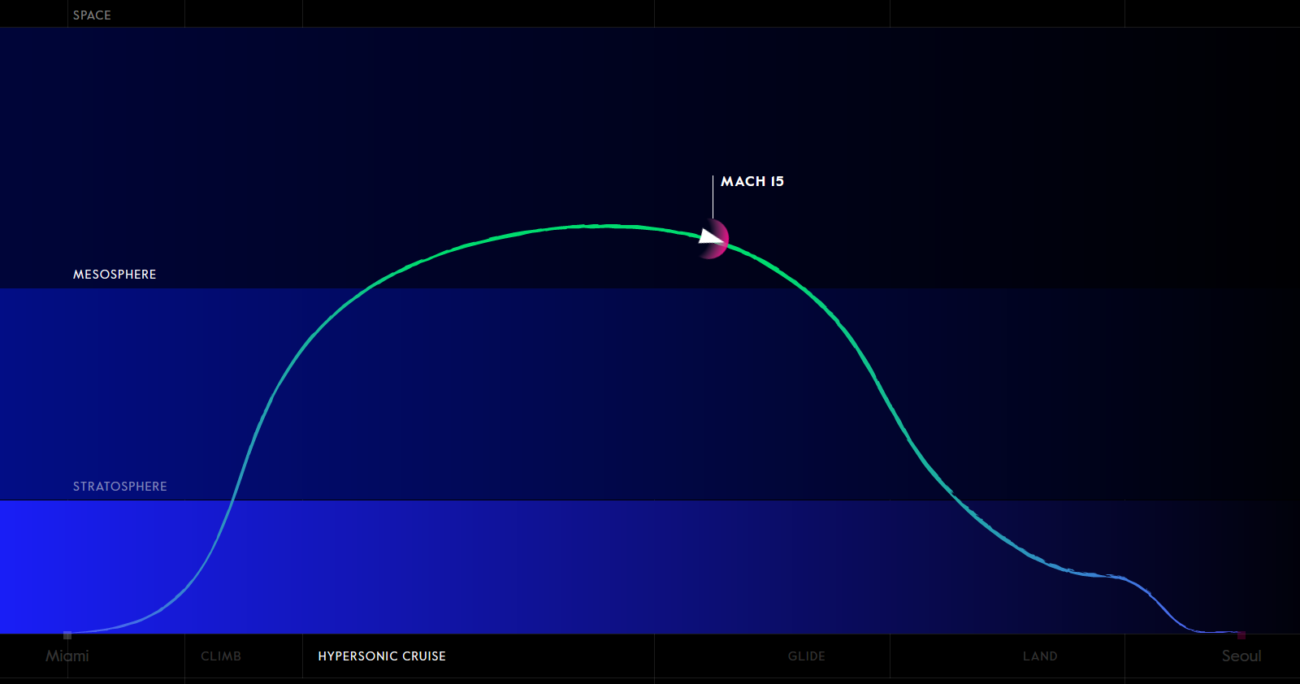


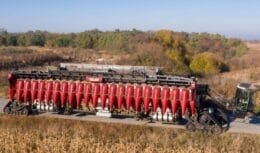

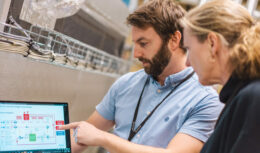


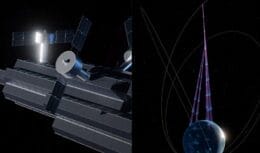
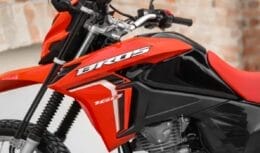
Hello, good morning 🙌 So, I have a…
Being declared persona non grata for a…
The only cumdumpers here are these hordes…
This article doesn’t even make sense, what sensationalism…
You're still bowing to China, Zionist.…
If it were with Hamas you would be…
If it were with Hamas you would be…
And that’s not far from…